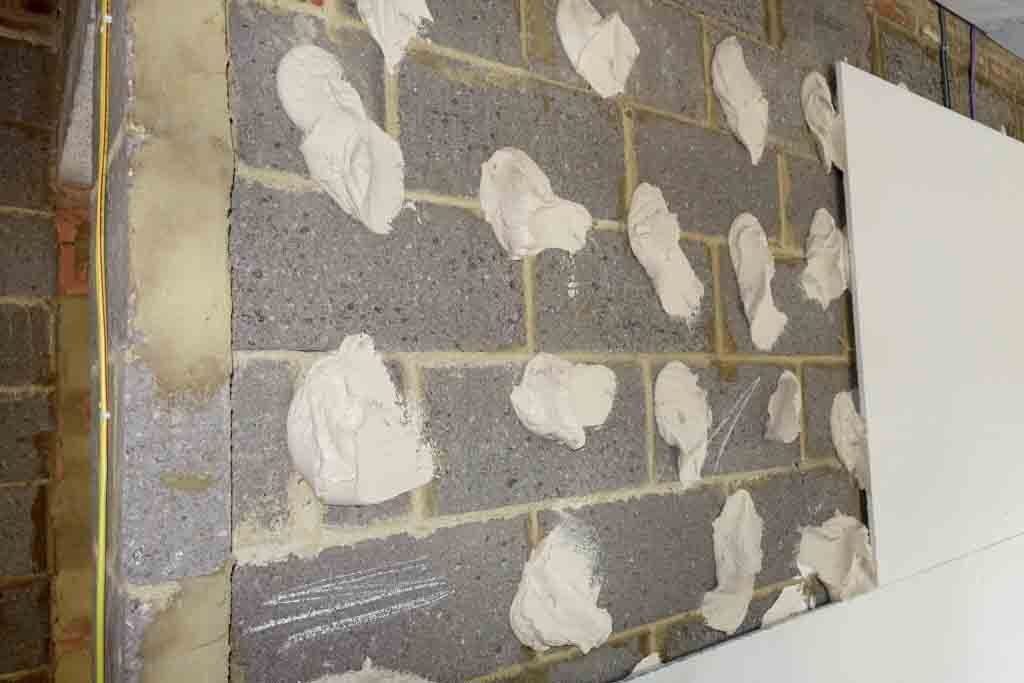Hi there,
Looking to add acoustic plasterboard to internal block walls (100mm) just as a general noise dampening measure but have read that using dot and dab should be avoided as the resulting spaces between wall and board can ask as sound amplifiers. For a beginner DIY-er, what would be a good alternative to fix the boards to the walls?
Looking to add acoustic plasterboard to internal block walls (100mm) just as a general noise dampening measure but have read that using dot and dab should be avoided as the resulting spaces between wall and board can ask as sound amplifiers. For a beginner DIY-er, what would be a good alternative to fix the boards to the walls?


